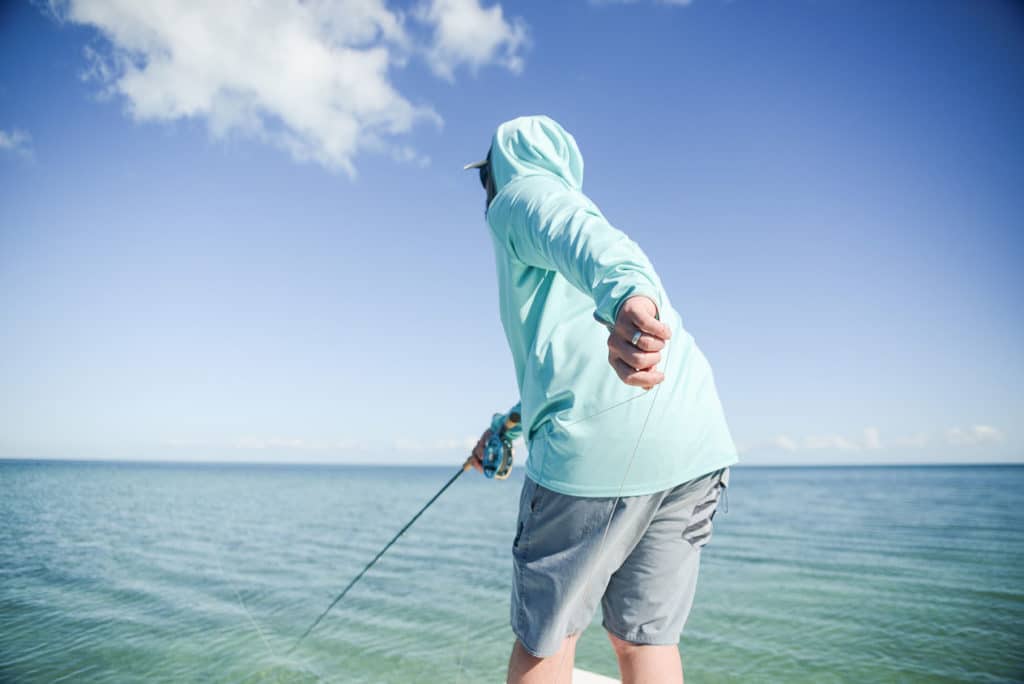
Fly fishing the flats affords anglers the opportunity to sight-cast to their favorite gamefish, but skinny water also increases chances of hooking bottom features rather than fish. Submerged rocks, clumps of grass, coral, mangrove shoots and roots all conspire to grab the fly before the fish has the chance.
Occasionally, you’ll find fish feeding in open sand, which makes it easy to let your fly sink to the bottom and draw a strike by imitating a shrimp, crab or small baitfish scuttling along the ocean floor. More often, however, coaxing the quarry to eat your offering requires you to maneuver the fly around the very bottom features which provide the food or shelter that attract the fish you’re after.
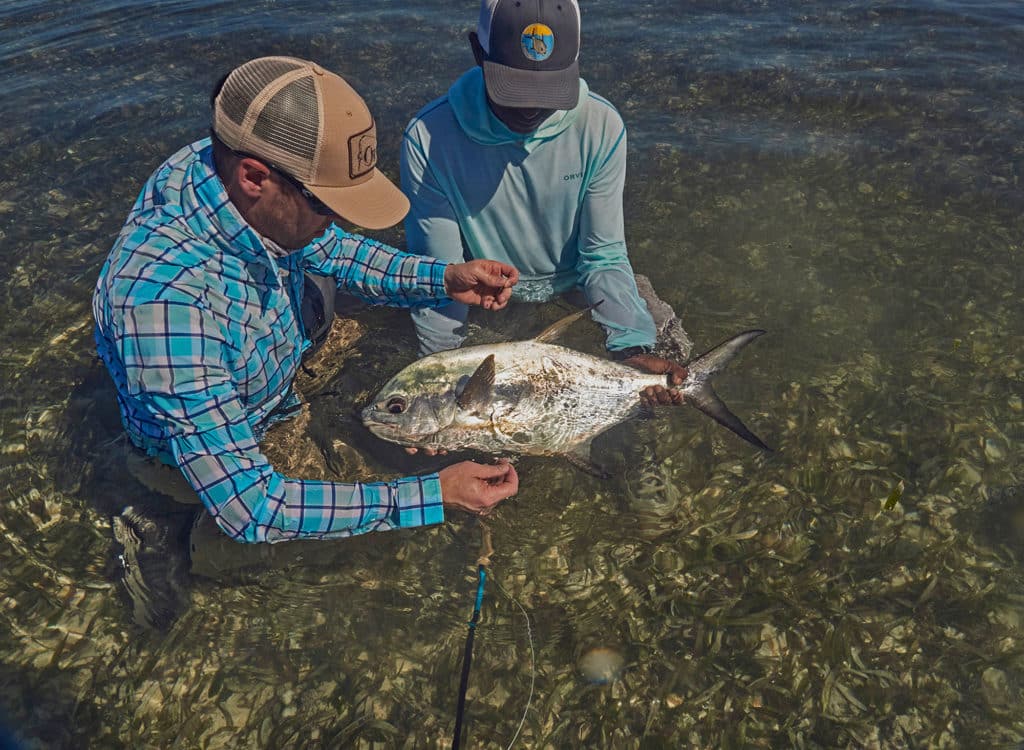
“I tend to find fish on broken bottom because that’s where they feel more comfortable,” says Peter Kutzer, Orvis’s lead fly fishing instructor, who has spent decades plying saltwater flats around the world. Kutzer says that prey species also congregate in and around the nooks and crannies created by rocks and vegetation. Such zones, as a result, attract hungry striped bass, redfish, snook, bonefish permit and other predators.
While shallow-water anglers can’t usually avoid bottom features altogether, the right flies and techniques can reduce the likelihood of the fly fouling or snagging bottom at the least opportune time.
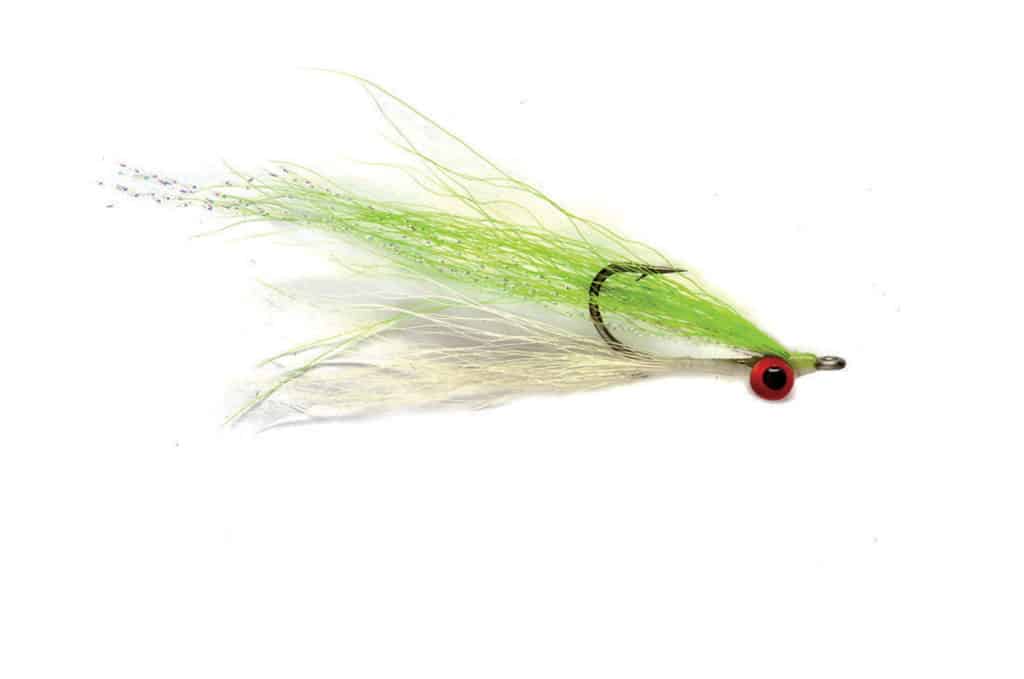
Foul-Resistant Flies
Many flies for use in shallow water are designed with features that help them skim over grabby structure and bottom cover. For example, the popular Clouser Minnow swims through the water with the point of the hook facing upward, thanks to a set of weighted, dumbbell-shaped eyes tied to the hook shank, on the opposite side.
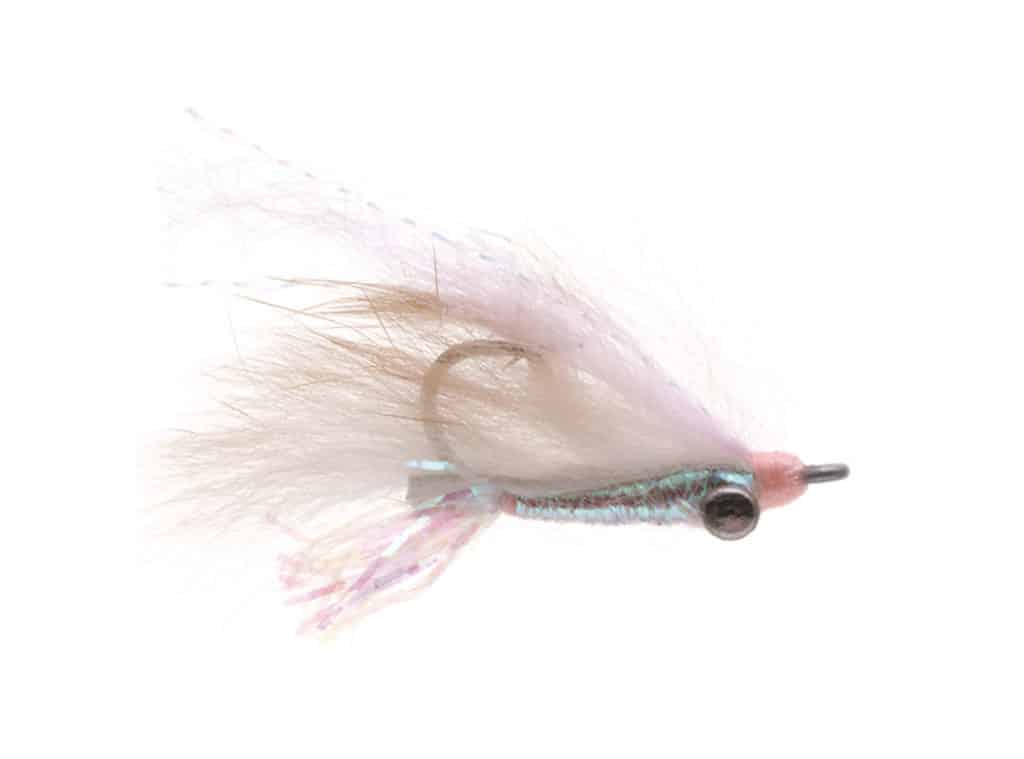
Most of the innumerable fly patterns for targeting bonefish are also tied with the hook point up. Bend Backs do as well, but the shank of the hook is also bent some to make the bend hang down and act as a keel, plus the wing of the fly extends over the hook point, providing additional protection.
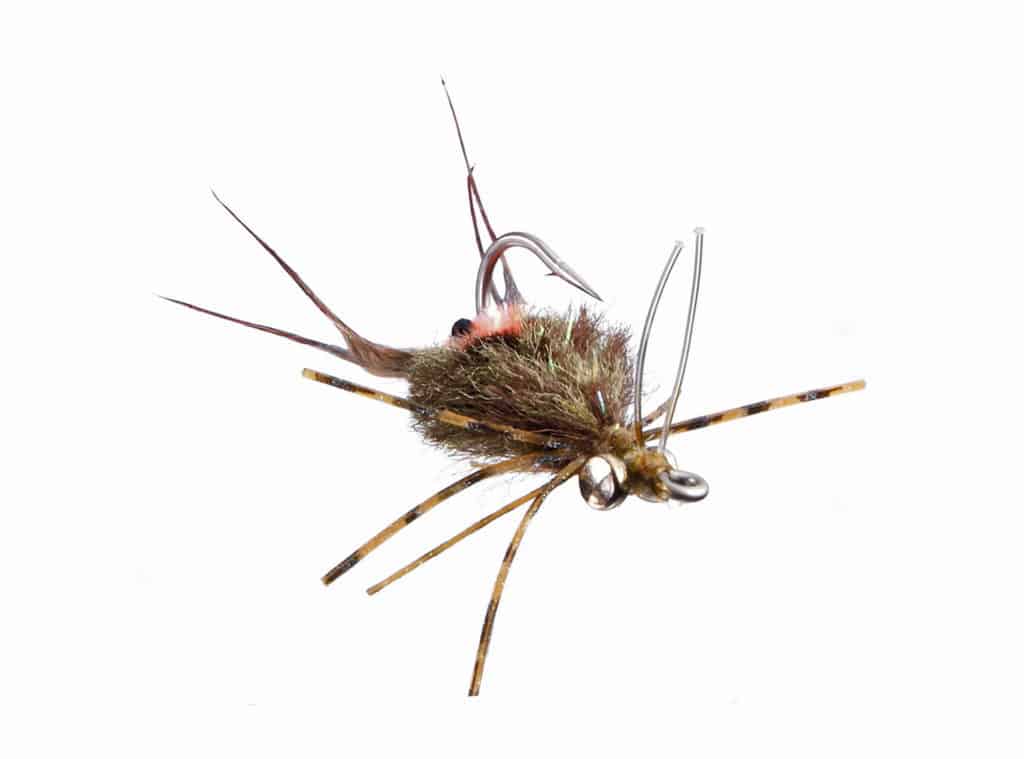
Weed Guards
Flies with weed guards are another must-have for fishing the shallows. They incorporate monofilament line or wire to shield the point of the hook as the fly scoots across grass, shells and rocks. Some patterns use a single “post” or short section of mono or wire that bumps the fly off objects before the hook point can sink into them and catch. Other flies use two posts or mono or wire, while others sport a mono loop that curves from the eye of the hook to the bend, creating a grass-deflecting belly that minimizes fouling and keeps the fly free of snags.
Kutzer likes flies with weed guards for any situation that involves turtle grass, seaweed or algae. “Some people think that weed guards hinder your hookups,” he admits, but in his experience, weed guards are rarely a liability. “A missed fish could be the result of a lot of factors, so I don’t automatically suspect the weed guard,” Kutzer explains, “and if you don’t need the weed guard, you can always snip it off.” Besides, he adds, with flies that imitate spiky forage, a little piece of monofilament isn’t likely put off a fish accustomed to chomping on critters with spines and pincers.
Weed guards, however, don’t help as much on hard coral, although a stouter post (made of braided wire or heavier mono) sometimes proves useful.
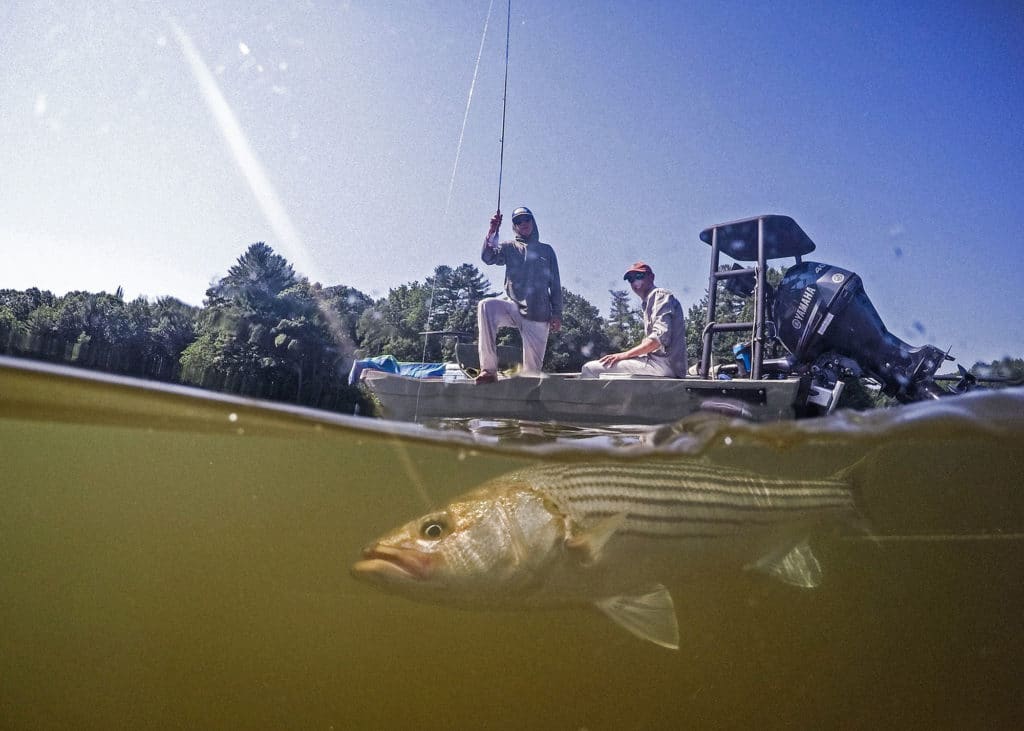
Consider Fly Weight
In extremely shallow spots, an unweighted fly pattern often yields best results. Kyle Schaefer, a Maine-based fishing guide and founder of Soul Fly Outfitters, describes targeting 26-inch striped bass feeding in 8 inches of water cluttered with scattered seaweed. “I fish with a weightless shrimp pattern and it rides right above the bottom,” he explains. “These unweighted flies land softly, so they have some stealth, always important in really shallow water. And I don’t sacrifice jigging action.”
Kutzer also feels that lighter flies are more forgiving when fishing shallow water with hook-grabbing bottoms. “If your timing is off when you cast a heavier fly, it’ll grind into the bottom before the fish can get to it,” he explains. “With a lighter fly, you can lead the fish more. Plus lighter flies cast easier.”
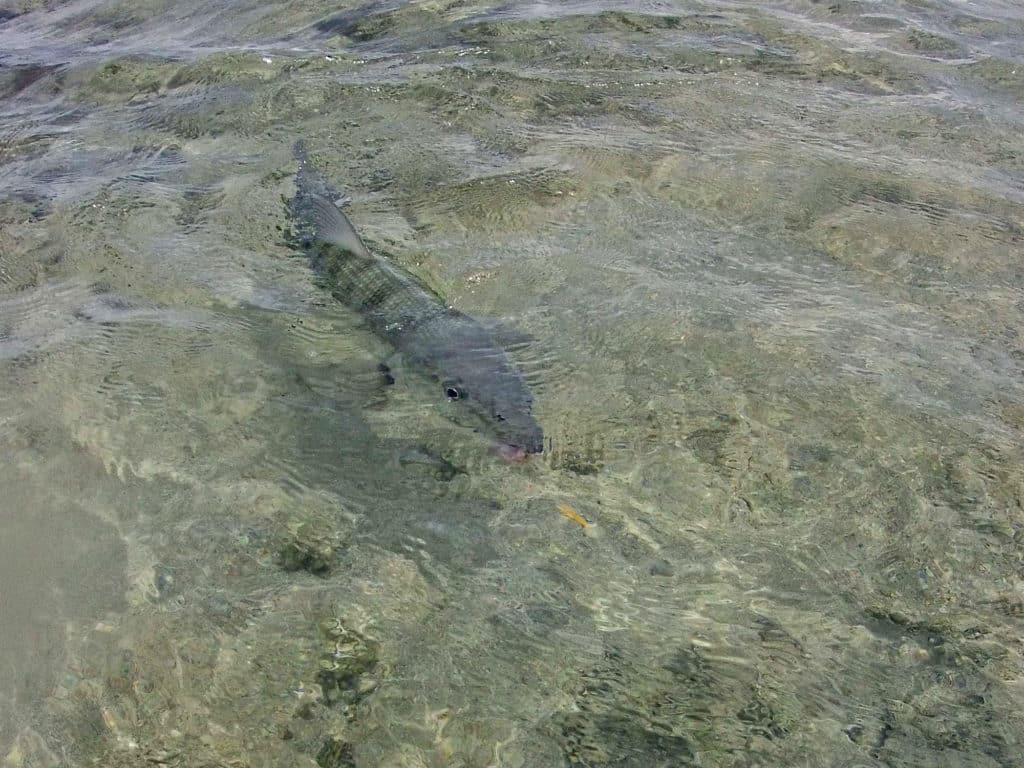
Surface Presentation
When the bottom is super dirty and the depth is 18 inches or less, Schaefer often opts for a surface presentation. He says that even fish that are feeding on the bottom can sometimes be persuaded to grab a morsel suspended above them. “Especially in places where fish are less educated,” says Schaefer, who’s had success with the topwater approach in numerous locals, from Maine to the Bahamas. “I’ll tie on a gurgler-style shrimp and work it on the surface, it’s a really fun way to get fish to eat.”
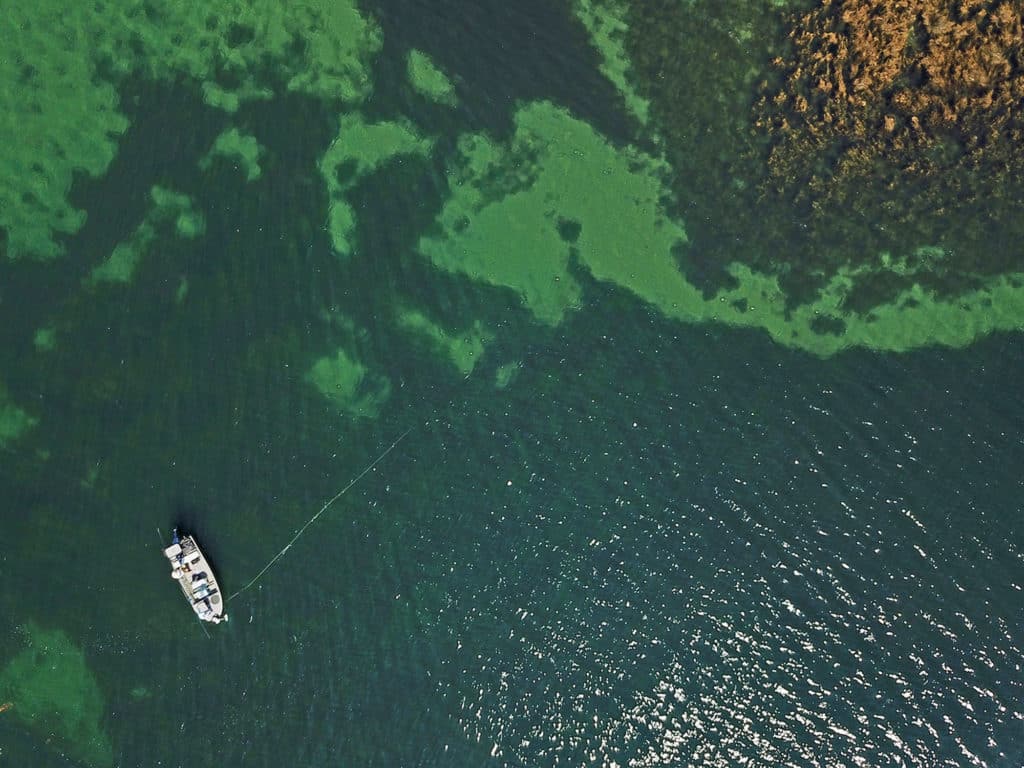
Sandy Patches
Watch a fish’s trajectory, suggests Kutzer. If it’s feeding in cover, but moving toward a sandy spot, you can cast to that open zone, ahead of the fish, and have a good chance of intercepting without lodging your fly in grass or coral.
Casting to sandy patches is also a good approach when fish are buried in grass or other hook-grabbing features. Look for smooth-bottomed zones bordering the grass, rocks or corals where fish feel sheltered. “It’s rare for feeding fish to travel way out into the open to chase food, but they’re generally willing to grab an easy meal from sandy edges near their cover,” says Kutzer.
When that patch of sand happens to be ringed by snaggy features, Schaefer likes to throw a heavier fly that sinks fast and lets him impart a jigging action within a short distance. “You don’t want the fly to drift over the coral before you can start working it to entice the fish,” he explains.
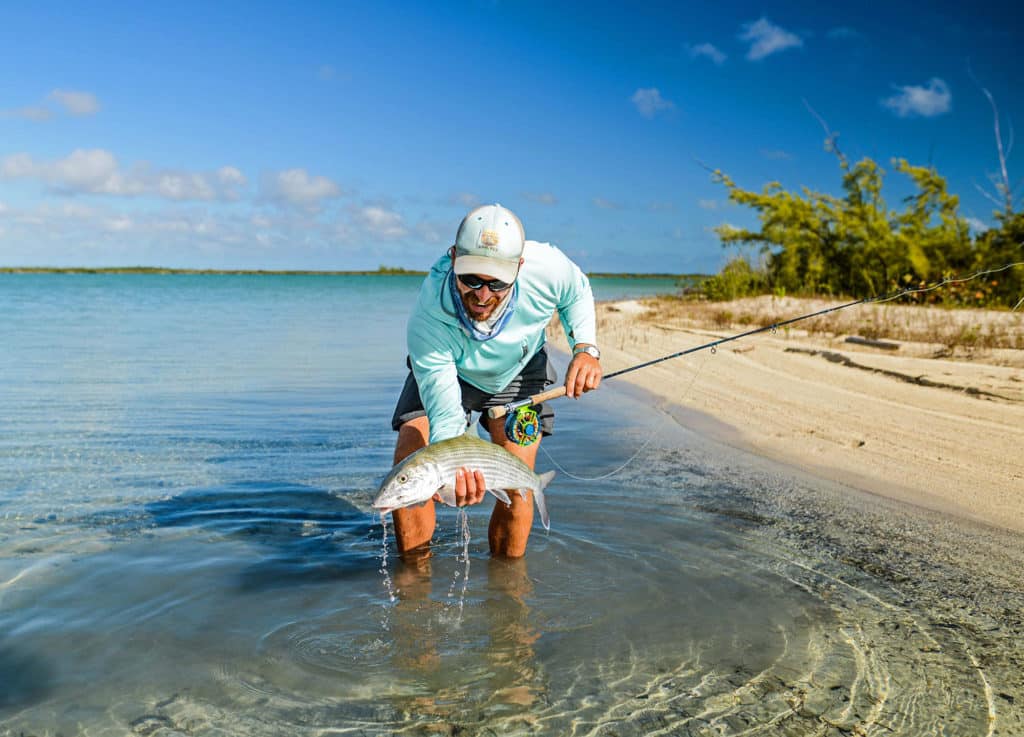
Clean Lines and Flies
The moment you notice your line or fly has picked up grass or algae, take a moment to clean it off before you go on fishing. “I’ve don’t ever see fish eat a dirty fly,” says Schaefer. Also pay attention to any algae that collects on the line, as it will eventually slide down onto the fly. “When you scrub the gunk off the fly,” Kutzer advises, “be sure to also run your fingers up the leader to remove algae from the knots.”
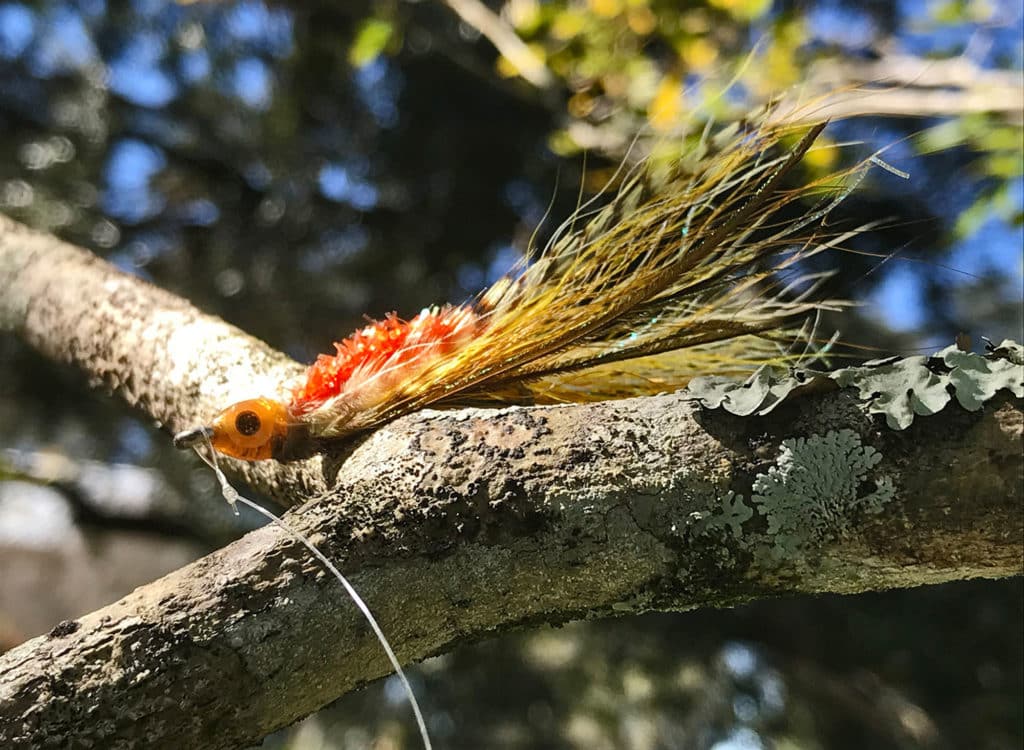
Paths to Freedom
If your fly snags on a mangrove shoot or root, a rock or another bottom feature, don’t pull hard on the line. “That only buries the hook deeper,” says Kutzer. Instead, wiggle your rod back and forth to loosen the fly, or try making a roll cast that places some of the fly line behind the fly, and lets you use the tension of the water’s surface to tug at the fly from the opposite direction.
Once you freed the fly from a snag, always inspect the hook point for damage. “Coral, in particular, can really round off a hook point and dull it,” Kutzer says. Sharpen or re-shape it if necessary, or swap the fly for a fresh one.









